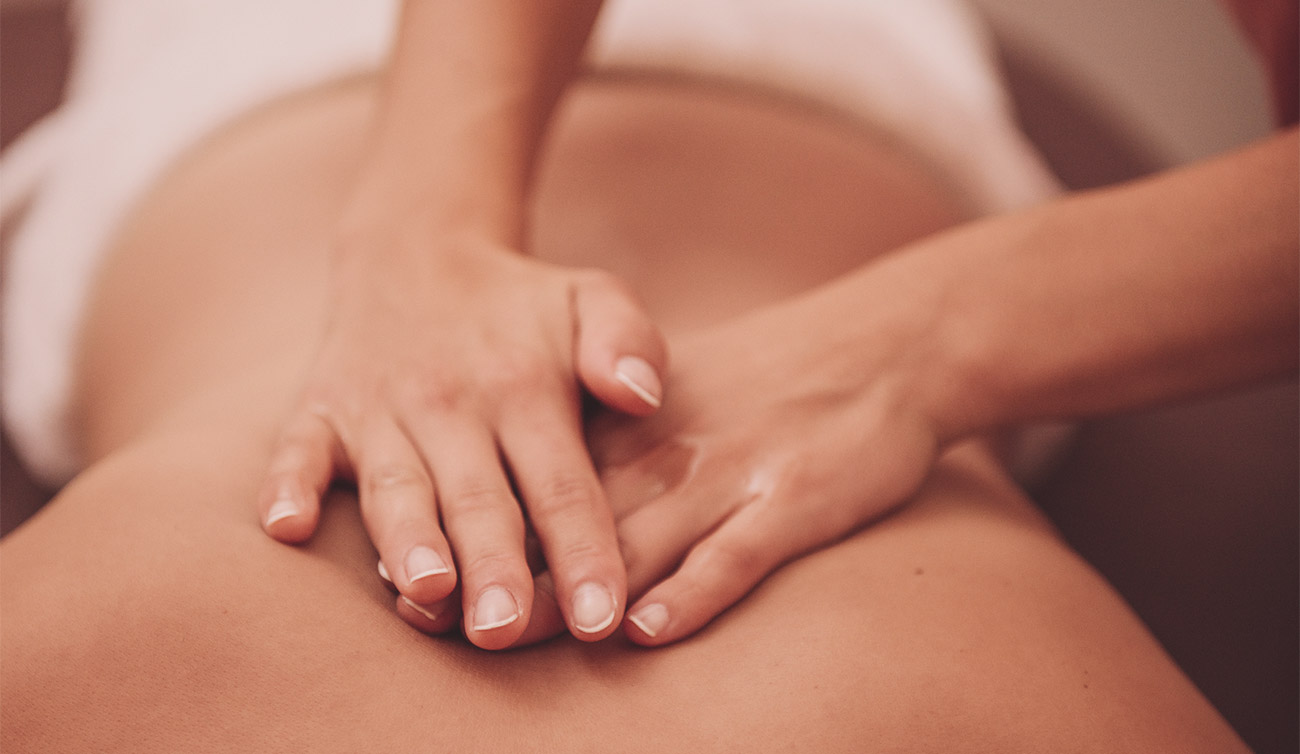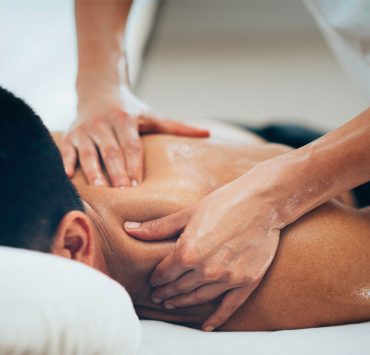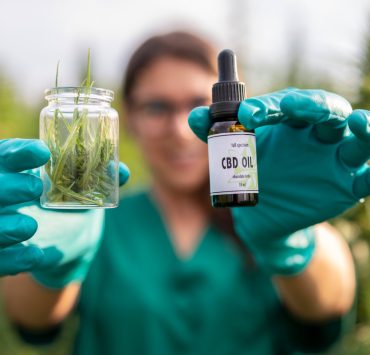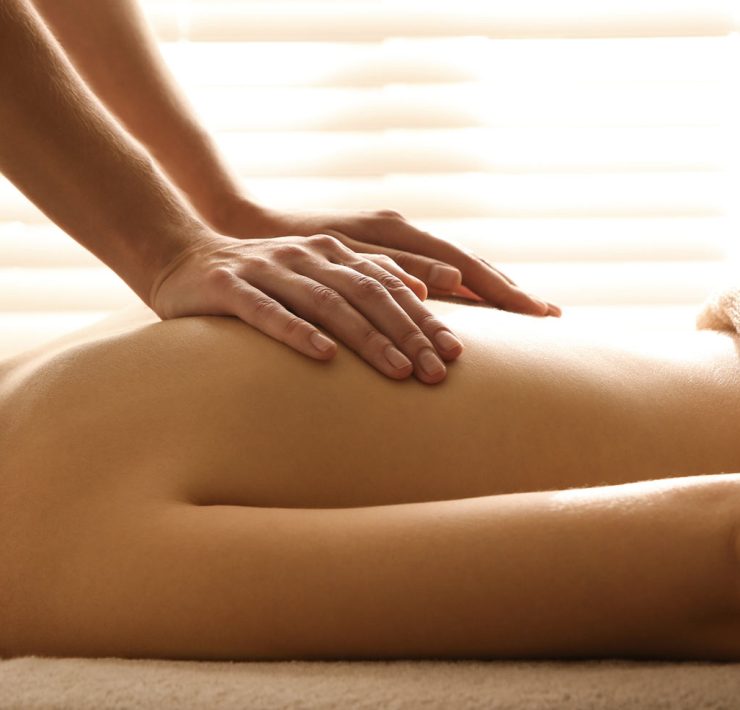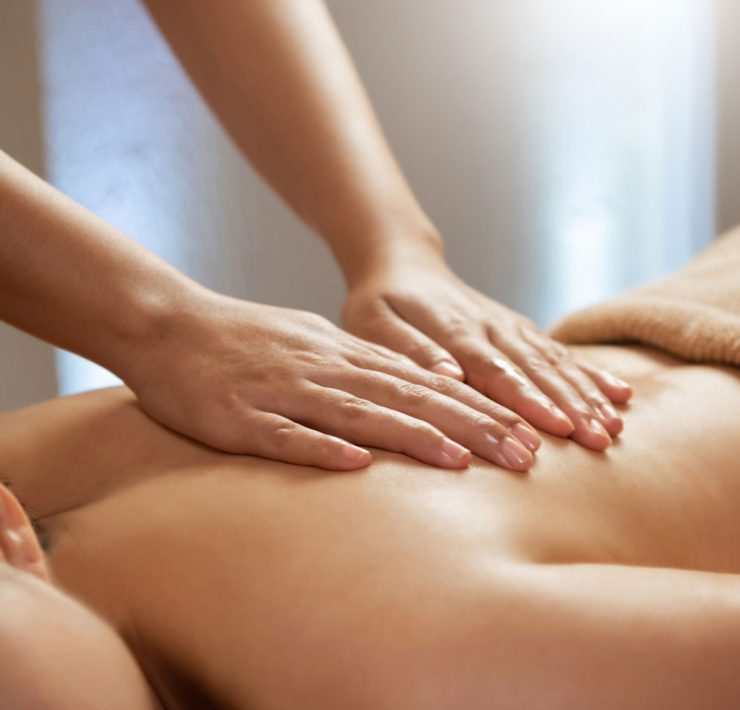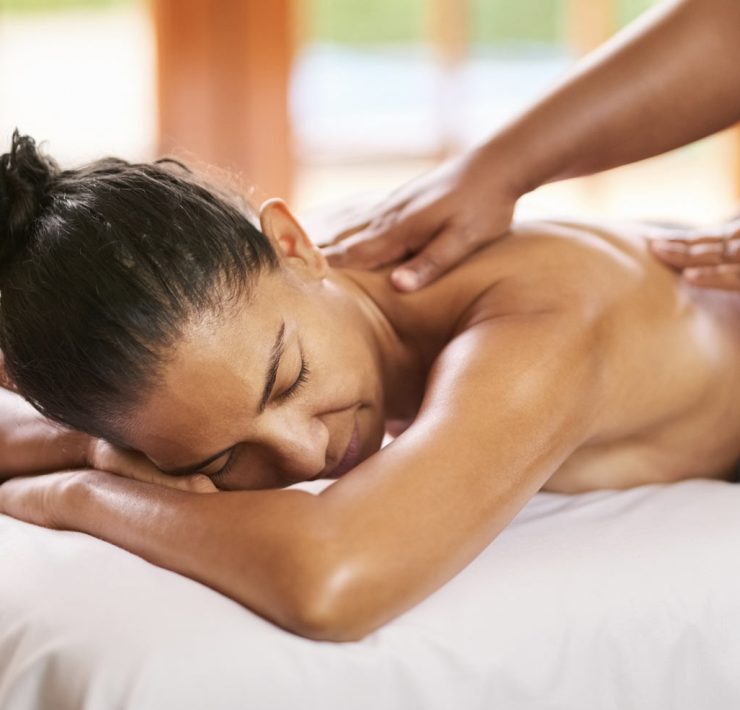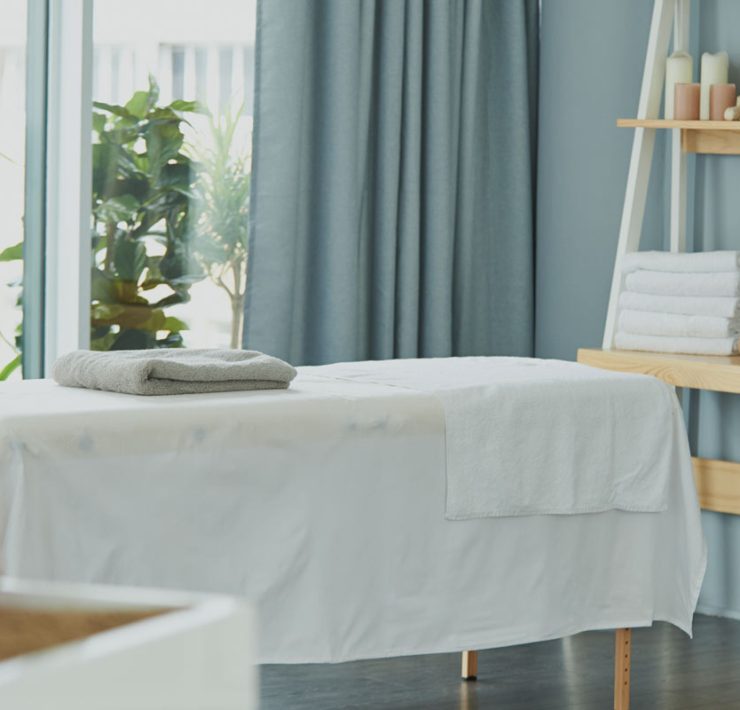Swedish massage is the most common massage therapy technique in the United States—and in most places outside the US is referred to as “classic massage.” A Swedish massage focuses on overall relaxation, circulation, and physical and mental wellness. Swedish massage includes gliding, kneading, tapping, stretching, and cross-friction strokes.
A licensed massage therapist combines these techniques for a modality that can improve circulation, improve the flow of lymphatic fluid (a key component of the immune system), and relax muscles overall. A Swedish massage should be extremely relaxing and never hurt, so be sure to communicate with your therapist, so they know what your preferred—and most enjoyable—pressure level is.
What Techniques Are Used in a Swedish Massage?
Effleurage
Effleurage is often used when starting or finishing work on an area, or taking a break from intense work. The therapist uses long gliding motions of varying pressure, according to your needs. Effleurage increases circulation, and warms up the tissue. Therapists use fingertips, palms and forearms to perform this technique.
Petrissage
Petrissage involves rhythmically kneading, wringing, or rolling the muscle to access deeper tissue, often while lifting the muscle. This technique brings blood to the area and separates muscles fibers from one another. The alternate squeezing pattern is very relaxing, as it signals the brain to release tension in the area.
Tapotement
Massage therapists often use tapotement when performing Swedish massage. Using cupped hands, or the side of the hand, (think soft chopping), the therapist will “strike” your muscles with both hands. Doing this for a long period of time (over sixty seconds) will exhaust the muscle, relaxing tension and easing spasms.
Vibration
Vibration is a less commonly used, but effective, Swedish massage technique. The massage therapist loosens your muscles by using the heel of the hand, or the fingertips, to vibrate your muscles, causing them to release and relax. Vibration is used locally, in small areas where a spasm just won’t quit.
What Are the Benefits of Swedish Massage?
As the most popular and widely utilized massage modality, there are many excellent reasons to get a Swedish massage.
Pain Management
Swedish massage can reduce pain through several mechanisms. First, the soft tissue manipulation increases blood flow to inflamed areas—such as aching muscles and joints—which promotes faster, more effective healing. Plus, the stretching and muscle friction practices in a Swedish massage loosens muscles, increases their flexibility, and makes them less prone to future tension and pain.
Massage may also psychologically “close the pain gate” by stimulating nerves in such a way as to impede pain signals to and from the brain. That, combined with the release of the feel-good hormone dopamine, can have a powerful pain-relieving effect that lasts well beyond the end of the treatment.
Blood Pressure & Stress Management
Studies have consistently found that Swedish massage can lower blood pressure in those with hypertension and prehypertension. A study published in the Journal of Human Hypertension found that massage combined with blood pressure-lowering medication was more effective than medication alone.
Plus, massage reduces cortisol production, a stress hormone that can induce the body to build up abdominal fat, interrupt sleep, and further raise blood pressure.
Sleep Improvement
Swedish massage has been shown to simultaneously decreases cortisol levels while increasing production of feel-good serotonin and dopamine, taking you from “fight-or-flight” to “rest and digest” in minutes. Serotonin is also required to produce melatonin, a hormone that tells the brain to slow down and prepare the body for sleep. By calming the mind, relaxing the body, and facilitating the chemical prerequisites for sleep, massage is one of the best sleep aids available.
Immune Function
Massage increases the flow of lymphatic fluid, which contains bug-fighting white blood cells. This powers up the immune system, increasing your resistance to viruses and other pathogens. Plus, simply reducing stress and tension is known to improve overall immune function. Find out more about how massage boosts immune function.
Sweet Relaxation
All the benefits above are great—and scientifically demonstrated—but for many of us, nothing beats the calming relaxation and pure chill brought on by a Swedish massage. If everything else is icing on the cake, what are you waiting for?
How is Swedish Massage Different From Deep Tissue Massage?
Swedish and deep tissue massage share some foundational elements, but differ in technique, purpose, areas of focus, and primarily pressure. Where Swedish massage promotes general wellness by relaxing muscle tension and stress, deep tissue engages muscle and fascia at a greater and more localized intensity level.
Deep tissue massage is ideal for targeting specific problem areas, utilizing deeper pressure that can be too intense for some people. If you’re suffering from an injury, stubborn muscle knot, or other localized pain, a deep tissue massage could offer significant relief. On the other hand, if you’re seeking a massage to calm your overall tension and stress and provide general—and pain free—muscle relaxation, Swedish is probably the massage for you.

